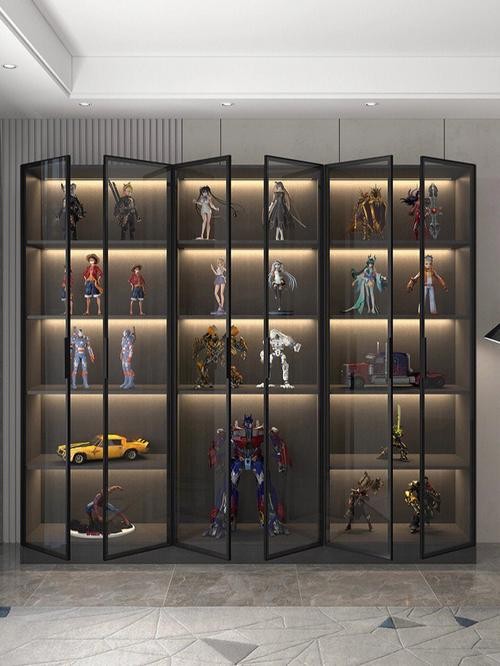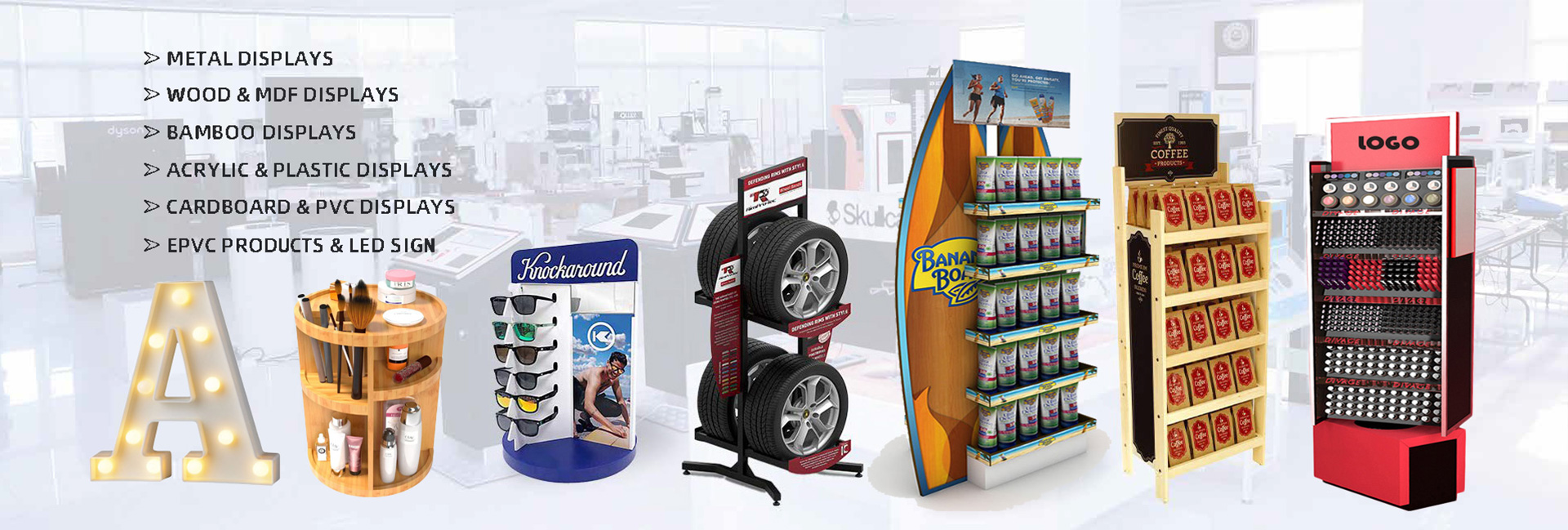Acrylic products in modern art
Acrylic products are widely used in modern art, it is not only favored by artists because of its unique physical properties, but also because it can be perfectly combined with modern technology to create an unprecedented artistic experience. Below are a few major application areas:
1. Interactive digital installations
Acrylic sheets play an important role in the field of interactive art. With the optical properties of acrylic panels, artists can design interactive installations that respond to the viewer's movements. For example, combined with touch sensors and LED lights, acrylic panels can be turned into a huge touch screen, the audience's movements can be direc tly interacted with the digital artwork on the screen, thus enhancing the sense of participation and immersion.
tly interacted with the digital artwork on the screen, thus enhancing the sense of participation and immersion.
2. Lighting Art
When it comes to lighting art, acrylic panels offer a solution that is both practical and aesthetically pleasing. Its light transmittance and molding capabilities enable artists to create lighting installations of various shapes and styles. Through high-precision laser cutting technology, acrylic sheet can be made into complex lighting shells, these shells can be installed inside the LED lights or other light sources, to create a unique light effect.

3. Multimedia display platform
Acrylic sheet is an indispensable material for multimedia displays due to its high light transmittance and good weather resistance. In museums, art exhibitions and commercial displays, acrylic panels are used to make showcases, shields and information boards. This not only protects the exhibits from light and the external environment, but also ensures that the visual experience of visitors is not disturbed.

To summarize
In summary, the use of acrylic panels in modern art demonstrates their versatility and revolutionary nature as a creative material. From the physical interface of augmented reality art to the construction of interactive installations, from light art to multimedia displays, to digital paintings and sculptures, acrylic panels have promoted the development of digital art and broadened the boundaries of artistic creation with their unique characteristics.

